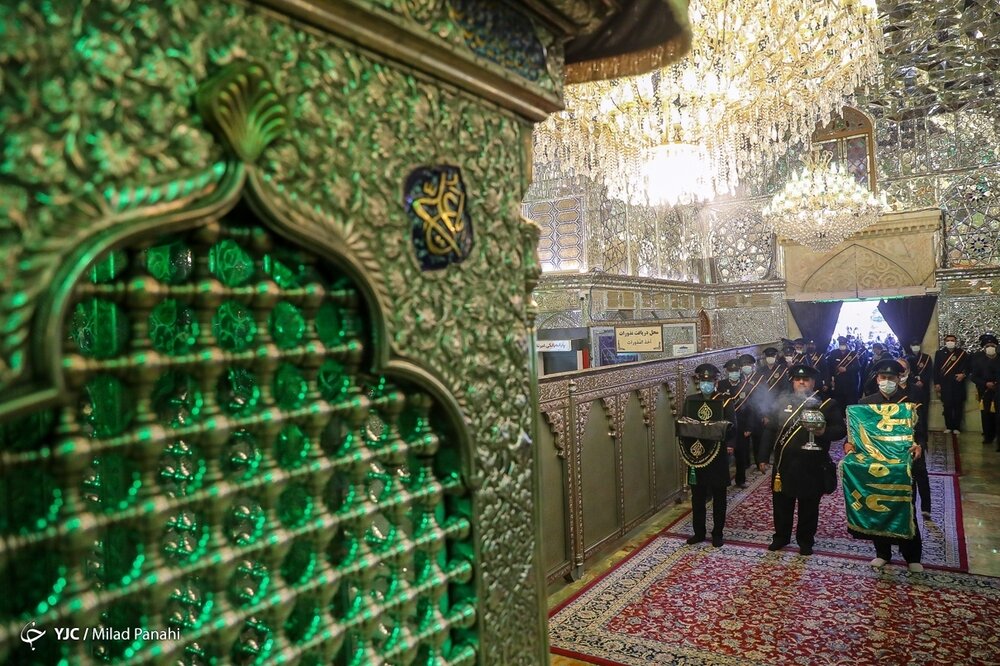Shah Cheragh pilgrimage ritual made national heritage

TEHRAN – The spiritual ritual traditionally performed during the pilgrimage to the holy shrine of Shah Cheragh has been added to the national heritage list.
To pay homage and visit the shrine, the pilgrimage of Shah Cheragh has been formed over centuries, which is why it is now recognized as part of the national heritage, the provincial tourism chief has announced.
A major tourist destination and pilgrimage site in the ancient city of Shiraz, Shah Cheragh is Iran’s third most popular pilgrimage destination after Imam Reza (AS), the eighth Shia Imam in Mashhad, and his sister Hazrat Masumeh (SA), in Qom, IRNA quoted Moayyed Mohsennejad as saying on Friday.
Before one leaves Shiraz for Mashhad and visits Imam Reza’s shrine, it is a tradition to obtain permission at Shah Cheragh before leaving, he explained.
As well, three days after their return from their pilgrimage to Mashhad or even Karbala in Iraq, they would go to the Shah Cheragh holy shrine again and pay respect, he added.
The holy shrine is not only sacred to the people of Shiraz but is known and respected by all the Iranians as well, the official noted.
Included on the list of national heritage, these rituals will impart a lasting and familiar image to the younger generation and provide a platform for recognizing the preservation and promotion of these rituals by various ethnic groups throughout the country, he concluded.
The dazzling shrine of Shah Cheragh is where Sayyed Mir Ahmad (AS), one of the brothers of Imam Reza (AS), is laid to rest. Each day, it draws hundreds of faithful sightseers from all over the world.
It boasts architectural elements and motifs from various centuries and its courtyard and tilework represent relatively modern embellishments from the late-Qajar period. Its blue-tiled dome is flanked by dazzling gold-tipped minarets.
Inside its great chamber of worship, giant chandeliers hang like frozen rain, smaller green lamps jut from the walls and stained-glass windows shine from on high, emitting light that sparkles off countless jewels and shards of glass.
They coat almost the entire interior of this special place, giving its dome a shimmering glow and making its elegant doorways feel like portals.
The site was improved and expanded over the centuries with religious schools and other facilities being added to the complex. In the 14th century, the site’s signature mirrorball decoration was ordered at the behest of Queen Tash Khatun who wanted the mosque to intensify any light a thousand times over, the name “Shah Cheragh” roughly translating to “King of the Light” in Persian.
The increasingly sprawling site is still an extremely important pilgrimage location for Shia Muslims, however, visitors of any faith are likely to marvel at the sheer beauty of this glassy wonder.
The mausoleum has undergone various restoration projects over time. It was registered on the National Heritage list in 1939.
ABU/AFM
